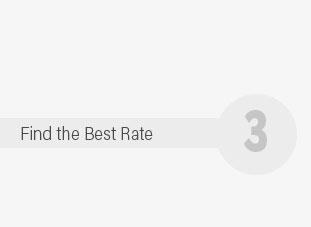 |
 |
 |
|---|
 |
 |
 |
 |
|---|
 |
 |
 |
 |
 |
 |
|---|

Understanding Whole Life Insurance Policy Rates: Comprehensive GuideWhole life insurance is a type of permanent life insurance that provides coverage for the insured's entire lifetime, as long as premiums are paid. Understanding the rates associated with whole life insurance policies is crucial for making informed financial decisions. Factors Influencing Whole Life Insurance RatesSeveral factors can affect the rates of a whole life insurance policy. Knowing these can help you anticipate costs and choose the best policy for your needs. Age and HealthYour age and overall health status are primary factors in determining insurance rates. Generally, the younger and healthier you are, the lower your premiums will be. Policy AmountThe amount of coverage you choose will directly impact your rates. Higher coverage amounts lead to higher premiums. Payment StructureThe way you structure your payments can also affect rates. Opting for monthly payments may be more expensive than annual payments due to additional administrative fees. Advantages of Whole Life InsuranceWhole life insurance offers several benefits that make it a popular choice for long-term financial planning.
For specialized needs, such as life insurance policies for doctors, specific plans are designed to cater to professional risks and financial strategies. Comparing Whole Life Insurance RatesComparing rates from different insurers is essential to finding the best policy. Here are steps to help you in the process.
Additionally, if you're considering policies for older relatives, a life insurance policy on grandparents can be tailored to fit specific age-related needs. FAQWhat is the average cost of a whole life insurance policy?The cost varies significantly based on factors like age, health, and coverage amount. On average, it can range from $100 to $300 per month for a healthy individual in their 30s. Can whole life insurance premiums change over time?No, one of the advantages of whole life insurance is fixed premiums. Once set, your premiums do not increase over time. How does the cash value in a whole life policy work?A portion of your premium is allocated to a cash value account, which grows tax-deferred. You can borrow against this cash value or withdraw it, though this might reduce the death benefit. https://www.policygenius.com/life-insurance/whole-life-insurance-rates/
Meanwhile, the average cost of whole life insurance with the same coverage amount is $451 per month ($5,412 per year). Here are other key ... https://www.nerdwallet.com/article/insurance/cost-of-whole-life-insurance
Why whole life insurance has a high price tag - It usually offers lifelong coverage. While term life insurance expires after a set number of ... https://www.aaalife.com/whole-life-insurance/whole-life
It's our goal to provide you with the best life insurance coverage available, at a price you can afford. Starting at $43.55 per month 1, you can get Whole Life ...
|
|---|